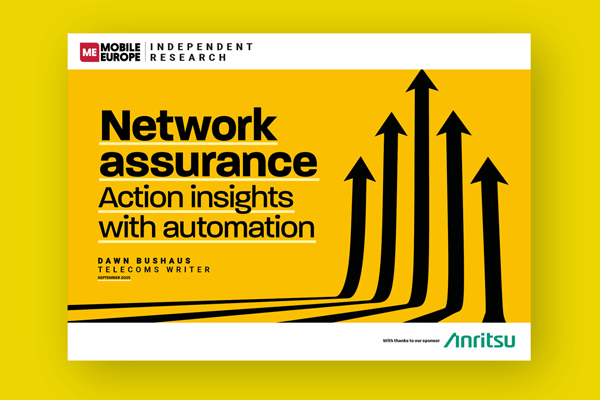Most promises are falling between very large cracks
Like seasoned professionals in any game, there are some legacy players in telecoms who are brilliant at pretending to help change the game while employing every trick in the book to slow things down, undermine emerging talents and run the clock down. You can see this in the way some OpenRAN initiatives are booted into the long grass, according to Steve Papa, CEO of Parallel Wireless (PW). In an interview Papa outlined the challenges and PW’s plans to raise the tempo.
What is your biggest frustration with the way OpenRAN is going?
The industry has allowed the narrative around OpenRAN to become a PR exercise for 5G, focussed too heavily on greenfield 5G and private network deployments, said Steve Papa, PW’s CEO. These networks are only a very small portion of overall cellular networks globally. The noise is there because most providers don’t support the lower Gs (earlier generations), so they have to promote 5G. There has become a distinct lack of focus on the benefits of OpenRAN on brownfield macro networks, which can include 2G, 3G, 4G and 5G. They make up a vast majority of the world’s cellular networks. OpenRAN will no doubt offer value for greenfield 5G networks, but not only here.
Why do big players struggle with Open RAN?
Even when considering the role of the cloud players in OpenRAN, it is being framed as a 5G conversation, rather than a focus on the multi-generation RAN market. People see the Gs as separate things and they’re not. It is frustrating seeing vendors who don’t really support the concept of open networks purposefully muddying the waters.
Are they too used to having everything their own way?
The more established RAN vendors are not open to working collaboratively. They create fear, uncertainty and doubt (FUD) because the core of their business model is legacy support revenue streams. So Open RAN is a threat to them. They are not struggling with OpenRAN, instead they are struggling with a business model that is antagonistic to their customers.
Are they using double-speak?
When those providers talk about OpenRAN, it is still based on their own hardware, radio and servers. It might be O-RAN Alliance based, but it cannot plug in to other vendors’ radios or servers. It is still vertically integrated which is critical to protect their legacy revenue streams, so it might be OpenRAN by name in that it ticks some standards boxes, but it is not OpenRAN by nature. They are trying very hard to say they support OpenRAN because it’s seen as the thing to say, while not following the actual principles.
Where does Parallel Wireless work really well?
Our solution is ‘All-G’. We work with operators across 2G, 3G, 4G and 5G. 3G is still a significant business driver for us in Africa and developing markets in Europe, Latin America and Asia. In Latam, 40% of phones still can’t support 4G for example so 3G is still important.
With whom?
In developed markets, while 3G is being phased out, 2G and 4G can still both be opened up and benefit from the OpenRAN movement in terms of efficiencies in power and cost of running the network. A 4G site still costs thousands to maintain every year, and 4G won’t be phased out for years yet, so upgrading infrastructure to be more open will still provide tangible benefits to operators. Particularly with the Huawei rip and replace mandate in many markets like the US and UK.
Is there a shortage of skilled people who can make OpenRAN work? Why not make life easier for them?
There is a shortage of skilled people in lots of areas of tech, but that’s not a barrier to making OpenRAN work. The key is adding new IT based skills. All IT principles can be applied to brownfield networks. Architecture can become cloud-native and containerised, making for a culture of continuous integration and continuous delivery (CI/CD). Then artificial intelligence and machine learning can be applied to automate the legacy generations, for ease of maintenance and cost savings. Also, modern equipment is smaller and more power efficient. So, the site footprint will be smaller and deliver operational savings. Automation and optimisation will also reduce the need to send engineers on site.
What’s the appeal of Open RAN on brownfield macro networks?
Ultimately, the legacy vendor lock-in is a license for vendors to abuse their customers, says Papa. “That’s the number one reason why operators took the initiative to create Open RAN in the first place. Until that is addressed the abuse will continue and that abuse leads to less coverage, less capacity, and higher cost for consumers.”




